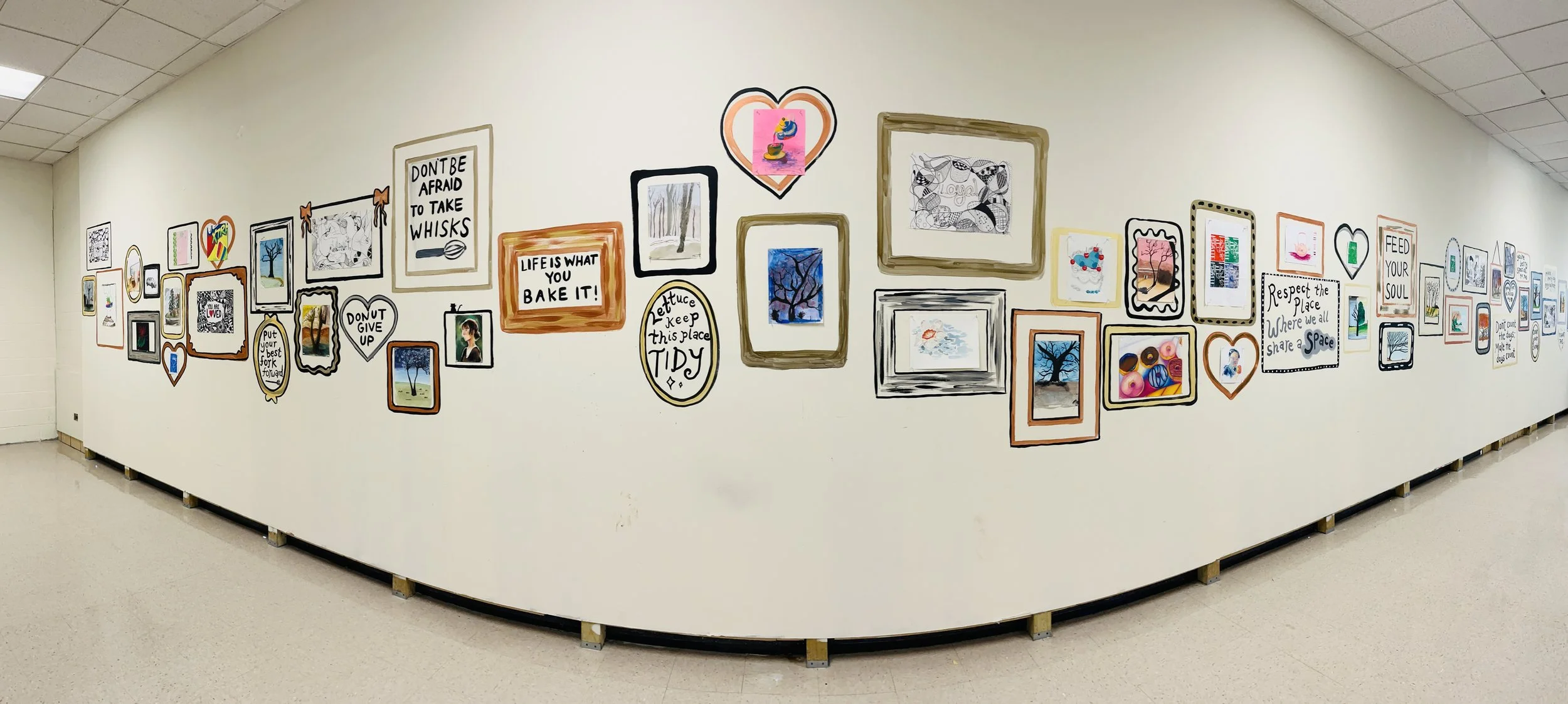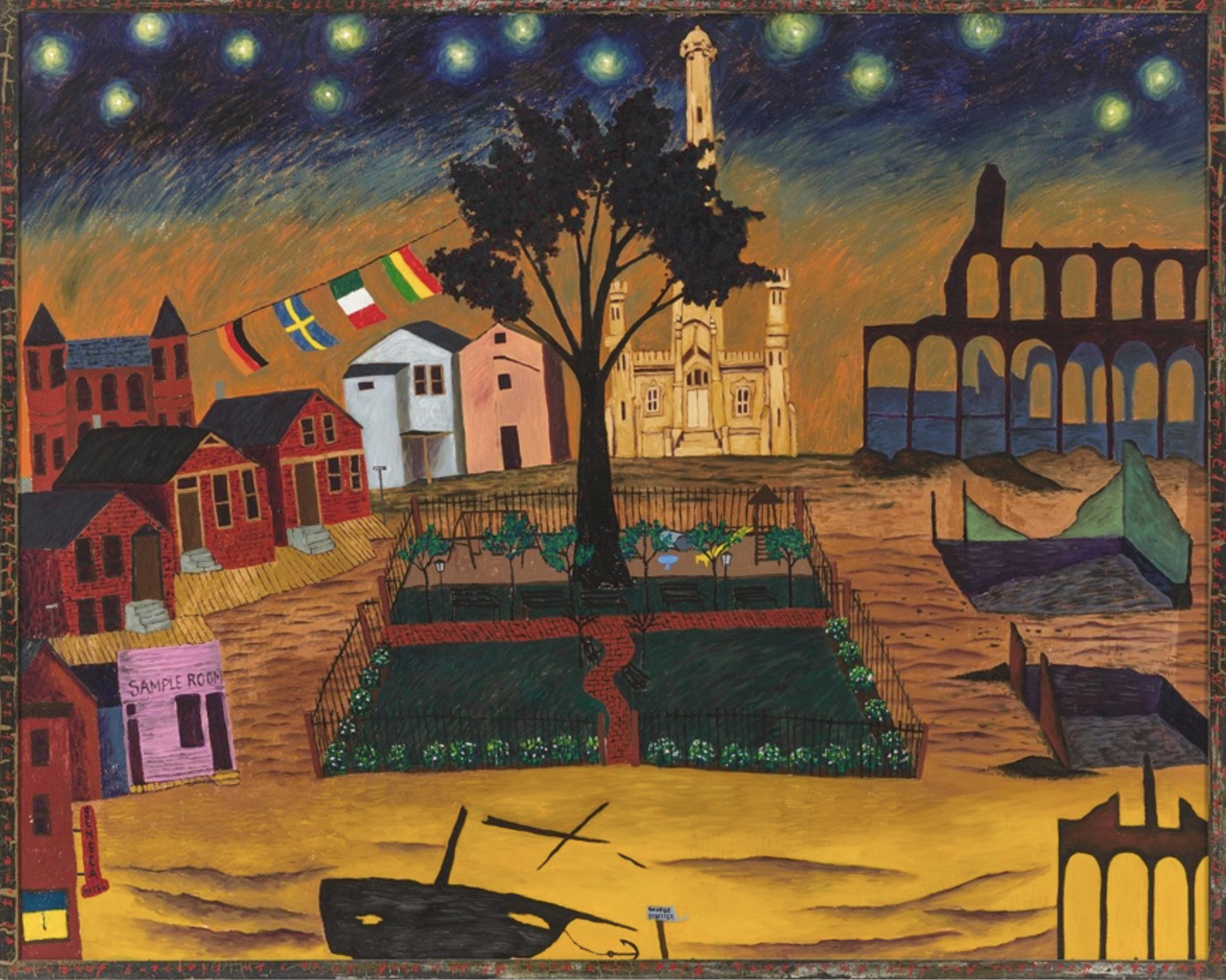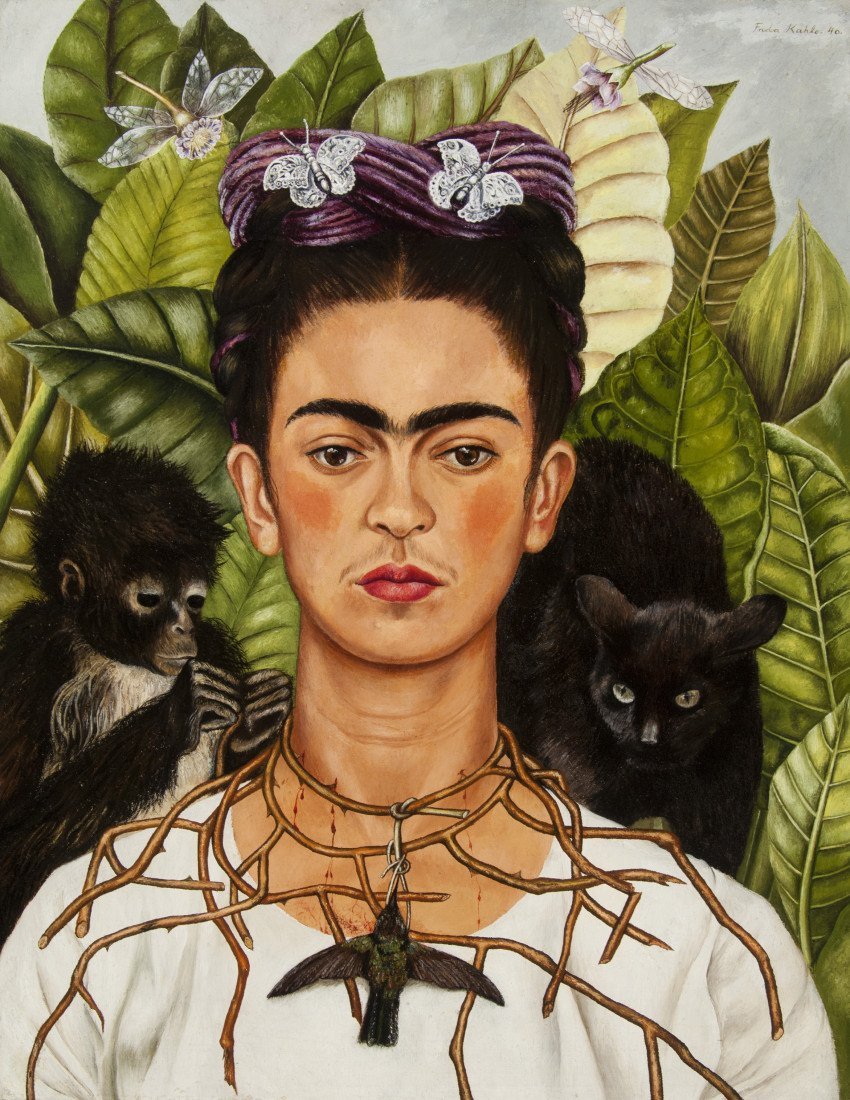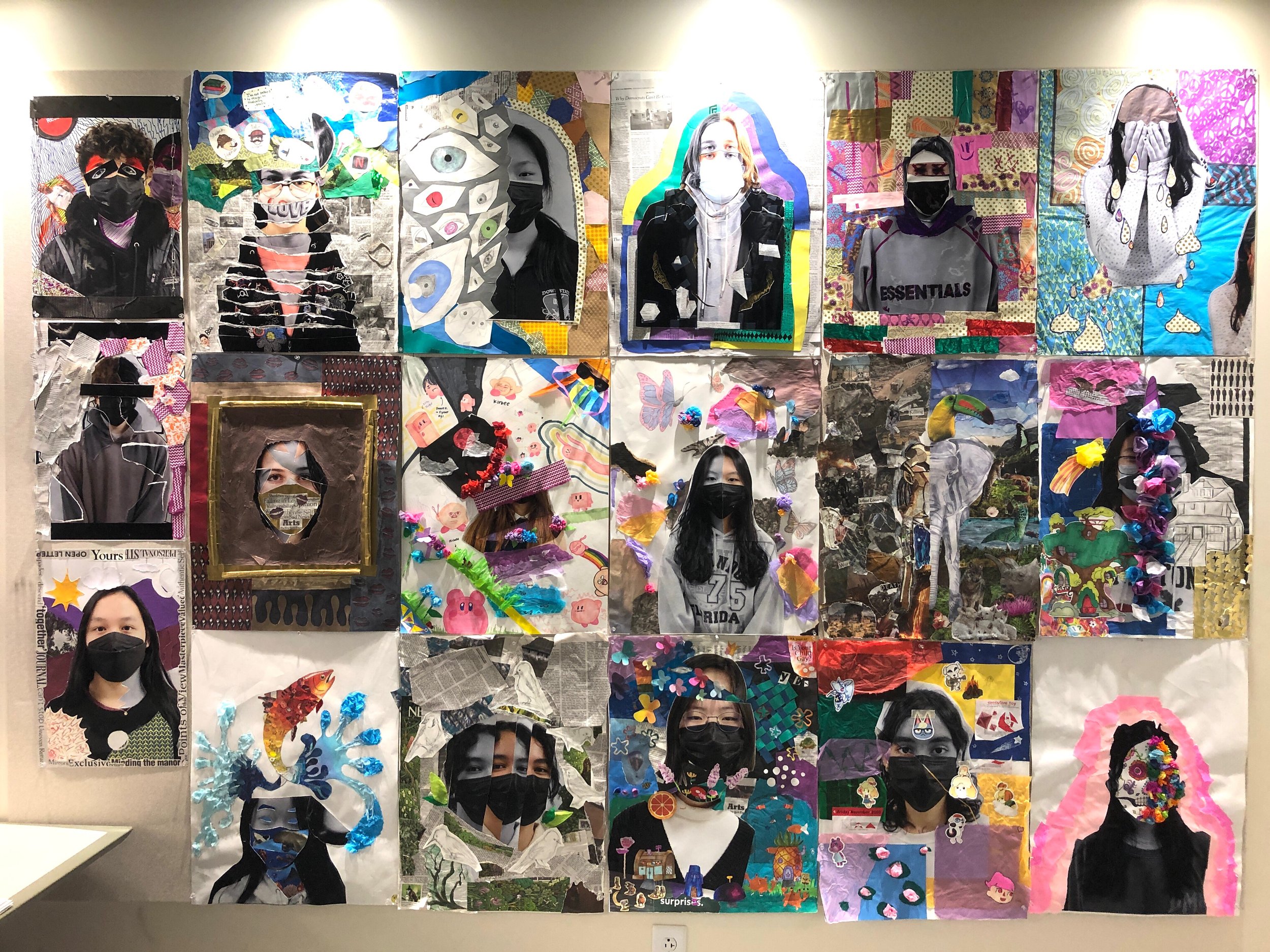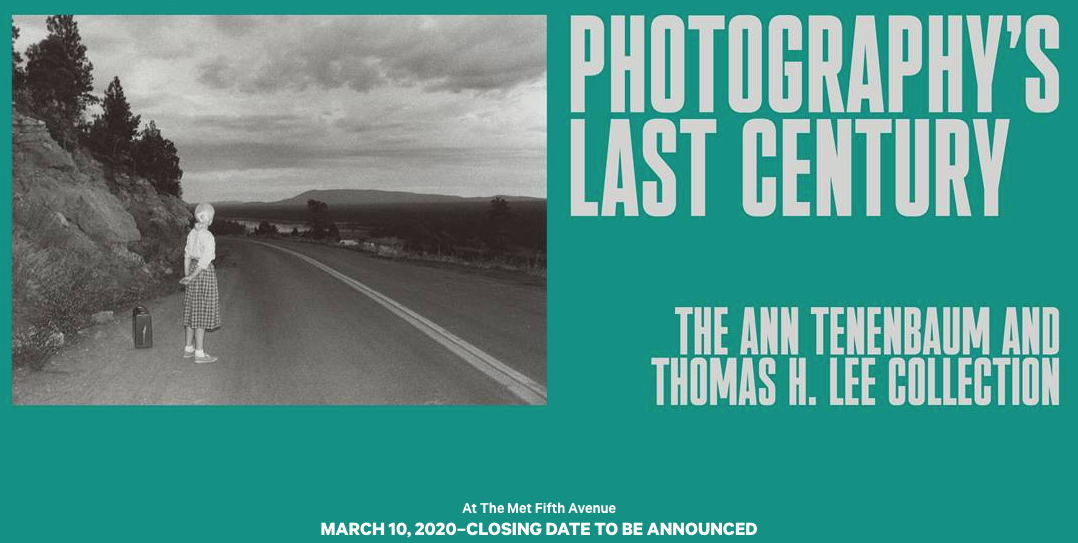Please check out the new art installation in the Edgemont Jr. Sr. High cafeteria, showcasing awesome student artwork from various art classes, all framed in bright, hand-painted frames. The mural also includes positive messages about food designed to put a smile on everyone’s face. It’s a fun way to celebrate our students’ creativity and make the cafeteria a happier, more welcoming place for everyone. Special shout-out to Vedika Mandava, Lauren Lee, Ananya Shah, and Jade Wang for their help with the project
Welcome Back! "Exquisite Corpse" 7th Grade with Ms. Carey
Come check out the amazing artwork created by our 7th-grade students through the collaborative game "Exquisite Corpse." Each student contributed by drawing on a sheet of paper, folding it to conceal their work, and passing it to the next participant.
This project fostered creativity and teamwork, reflecting the spirit of the Surrealist movement from the 1920s. Surrealism aimed to challenge the conventional boundaries of art by exploring the unconscious mind, dreams, and unexpected juxtapositions. Artists like Salvador Dalí and André Breton used games like Exquisite Corpse to create innovative and often surprising compositions. You can view the installation on the 2nd floor of the E-building.
Congratulations! Mia Hong: acceptance into iCREATE @ The Bruce Museum
If you happen to see Mia Hong around campus, please congratulate her! Mia's art was accepted into the annual iCREATE student exhibition at the Bruce Museum, in Greenwich, CT. Mia's work was selected to be exhibited from over 700 submissions from NY, NJ, and CT. If you would like to attend the opening at the Museum, the exhibition opening will be on Sunday, June 8, 3:00-6:00 PM.
March is Women's History Month: The Art Department honors Toshiko Takaezu
Toshiko Takaezu (1922-2011) was one of the twentieth century’s greatest abstract artists. Gifted with prodigious drive and vision, she combined inspirations from her own cultural background with currents from contemporary painting and sculpture, arriving at a unique expressionist idiom.
Born in Hawaii to a Japanese émigré family, Takaezu received her early training in ceramics in Honolulu, and then attended Cranbrook Academy in Michigan, when it was an epicenter for adventurous modernism. Already in this early phase in her career, she was able to see correspondences between Abstract Expressionism and the spiritually infused traditions of East Asia, such as calligraphy and tea ceremony. She combined these cross-cultural influences into a powerfully resolved synthesis.
Though made using traditional pottery techniques of wheel-throwing and glazing, the works for which she is best known – the closed forms – are best understood as sculptures, or perhaps as paintings-in-the-round. They are as individual as people are, varying greatly in scale and shape, color and texture, and in their internal tectonic rhythms. Some are vigorously painterly, with splashes and rivulets of color coursing down their sides. Others are more meditative, sheathed in overlapping veils of hue. They have a close affinity with the work of other postwar expressionist artists, such as Franz Kline, Joan Mitchell, and Mark Rothko.
Takaezu was also a great experimenter. In her early career she expanded the possibilities of the vessel, exploring multiple spouts and lobed forms, and made plates that were essentially canvases for freeform composition. Later innovations included upright cylindrical vessels she called “trees,” anthropomorphic forms with strong shouldered profiles, bronze castings, and slitted-open sculptures (also known as “Momos”) that afford a glimpse into their dark interiors. Throughout her career, Takaezu also pursued media apart from ceramics, including large-scale textiles and paintings, which extended her vocabulary of vivid chromatic abstraction.
Last but by no means least, Takaezu was a profoundly influential teacher and mentor, who trained generations of younger artists at the Cleveland Institute of Art, Princeton University and other institutions. Her legacy lives on in these students and apprentices, and above all in her own work, which both exemplifies and transcends the ideals of modernist ceramic art.
GLENN ADAMSON
Independent Scholar and Curator
February is Black History Month: The Art department celebrates artist, Mickalene Thomas
Mickalene Thomas is an award-winning multidisciplinary artist whose work has yielded instantly recognizable and widely celebrated aesthetic languages within contemporary visual culture. She is known for her elaborate portraits of Black women composed of rhinestones, acrylic, and enamel. Not only do her masterful mixed-media paintings, photographs, films and installations command space, they occupy eloquently while dissecting the intersecting complexities of black and female identity within the Western canon.
November is Native American Heritage Month: The Art Department honors the work of Brad Kahlhamer
Brad Kahlhamer (born 1956) is an artist known for his multi-media practice, ranging from sculpture and painting to performance and music. He is currently based in New York City, working from his studio in Brooklyn.
Kahlhamer questions notions of authenticity and representation within a very specific discourse of Native American art. These matters become all the more complex and urgent in view of a concept of originality or of the primordial as established by many Native American people today. Adopting the position of delinquency within these fields of discourse is a simultaneously precarious act stepping into a realm of as the post-Smithsonian delinquent. Staging oneself as a vulnerable target – which also provides the potential for innovation, for a discursive handling of identity, cultural representation and reflection .[8]
His work has been collected by institutions such as the Museum of Modern Art, the Whitney Museum of American Art, the Metropolitan Museum of Art, the Denver Art Museum, the Milwaukee Art Museum, and the Madison Museum of Contemporary Art, Seattle Art Museum, the Hood Museum of Art, and the San Francisco Museum of Modern Art among others.
October is Breast Cancer Awareness Month: This month we honor visual artist, poet and cancer survivor, Joely Serino.
Words have always been my best friends. For as long as I can remember, purging my feelings and turning them into poetry soothed and relieved me from anxiety and the effects of chronic illness. Sharing my poems on social media over the past few years has been cathartic. I immediately feel less alone because I know there is someone who can connect with my words.
After I was diagnosed with invasive ductal carcinoma, I knew I needed to once again lean on my poetry to get me through the mental battle of cancer. I wrote every day about the pain, about feeling alone, about hair loss, about chemotherapy and radiation, about the fear of recurrence. It just spilled out of me, each poem like a therapy session, freeing me from mental and physical anguish. However, quickly into survivorship, I started to notice that my ability to write poetry was being stolen by a chemically induced writer’s block — what is often called “chemo brain.” I just couldn’t find the words anymore.
I couldn’t lose my best coping mechanism. I couldn’t just lay my creativity and love of poetry aside, knowing that it was the best way to protect my mental health. So I started writing blackout poetry. This is when you redact words from a piece of text, like a page from a book or a magazine article, and what’s left forms a micro poem. When I can’t write my own words, I borrow them from the pages of books. After I have chosen which words to leave on the page, I black out the rest of the text with artwork that captures the same emotion. Learning how to add illustrations to my blackout poems also helped me feel accomplished again.
My blackout poems usually discuss cancer, living with chronic pain and illness, mental health, or navigating my way through survivorship. I’ve been able to connect with so many other cancer survivors who feel seen in my work. We relate over the sentiment and artwork that each poem portrays, teaching me that creating is a way to bring people together. It has also taught me that we, as cancer patients, can do what we loved before; we might do it a little differently, but maybe with even better results in the end. While I may always struggle with writer’s block, I will never stop writing poetry; I bleed ink. My poetry just looks a little different now. Some may say it’s even better.
June is Pride Month! This month we honor the artist, Julie Mehretu
Contemporary artist Julie Mehretu's extraordinarily grand scale works examine our communal connections with place and identity through abstracted landscapes rife with complexity. Her work considers the sociopolitical history of specific locations via multi-layered and wildly chaotic mark-making alluding to architecture, geography, topography, autobiography, and iconography. These investigations culminate in radically innovative self-portraits of myriad spaces alongside our human intrusions into, and engagement with them.
Black History Month and Women's History Month: Artist - Carrie Mae Weems
The Edgemont Art department would like to celebrate Black History Month (February) and Women’s History Month (March) by honoring Carrie Mae Weems (born April 20, 1953) an American artist working in text, fabric, audio, digital images and video, and is best known for her photography. She achieved prominence through her early 1990s photographic project The Kitchen Table Series. Her photographs, films and videos focus on serious issues facing African Americans today, including racism, sexism politics and personal identity.
She once said, "Let me say that my primary concern in art, as in politics, is with the status and place of Afro-Americans in the country." More recently, however, she expressed the view that "Black experience is not really the main point; rather, complex, dimensional, human experience and social inclusion ... is the real point." She continues to produce art that provides social commentary on the experiences of people of color, especially black women, in America.
Her talents have been recognized by Harvard University and Wellesly College, with fellowships, artist-in-residence and visiting professor positions. She taught photography at Hampshire Sollege in the late 1980s and shot the "Kitchen Table" series in her home in Western Massachusetts. Weems is one of six artist-curators who made selections for Artistic License: Six Takes on the Guggenheim Collection, at the Guggenheim museum in 2019/20.
Image from the Kitchen Table Series
Carrie Mae Weems
Native American Heritage Month: The Art of Raven Halfmoon
For the month of November, The EHS Art department honors Native American Heritage Month by showcasing the work of artist, Raven Half Moon. Raven Halfmoon currently has an exhibition at the Aldrich Museum that should not be missed! Raven Halfmoon’s practice spans torso-scaled and colossal-sized stoneware sculptures, with some soaring up to twelve feet and weighing over eight hundred pounds. With inspirations that orbit centuries from ancient Indigenous pottery to Moai statues to Land Art, Halfmoon interrogates the intersection of tradition, history, gender, and personal experience. Born and raised in Norman, Oklahoma, she learned about ceramics as a teenager from a Caddo elder. Working mainly in portraiture, Halfmoon hand builds each work using a coil method. Her surfaces are expressive and show deep finger impressions and dramatic dripping glazes—a physicality that presences her as both maker and matter. She fuses Caddo pottery traditions (a history of making mostly done by women) with populist gestures—often tagging her work (a reference to Caddo tattooing). Her palette is specific and matches both the clay bodies she selects and the glazes she fires with—reds (after the Oklahoma soil and the blood of murdered Indigenous women), blacks (referencing the natural clay native to the Red River), and creams. Sometimes she stacks and repeats imagery, creating totemic forms that represent herself and her maternal ancestry while also reinforcing the multiplicities that exist inside all of us. Her works reference stories of the Caddo Nation, specifically her feminist lineage and the power of its complexities. This exhibition will include a combination of new and borrowed works that vary in size and content from over the last five years.
Breast Cancer Awareness Month: The Art Department honors Hollis Sigler
To bring attention to Breast Cancer Awareness month, The Art Department honors Hollis Sigler. In 1985, Sigler was diagnosed with breast cancer. Her work from the 1990s until her death from cancer in 2001 dealt with the personal pain of the disease and its effect on society. In 2001, Sigler was honored with the College Art Association’s Distinguished Artist Award for Lifetime Achievement and the Chicago Caucus for Women in the Arts Lifetime Achievement Award.
Sigler said that she utilized a childlike, faux-naïf style as a reaction against a patriarchal culture that treated women as little more than children. Her style was also a means of conveying difficult emotional content in a way that viewers could easily understand.
Born in Gary, Indiana, Sigler earned her Master of Fine Arts from the School of The Art Institute of Chicago in 1973. Sigler established herself as part of Chicago’s art scene during a period when artists there were challenging New York City’s cultural hegemony. Familiar with Chicago’s Hairy Who group, which emphasized cartoons and other popular imagery, and the whimsical art of Florine Stettheimer, Sigler found quirky precedents for her own idiosyncratic approach.
For Hollis Sigler, breast cancer was deeply rooted in her family’s history. Both Sigler’s great-grandmother and mother died from the disease prior to her own diagnosis in 1985 at the age of 37. Though the artist underwent a mastectomy and chemotherapy, by 1993, the cancer had spread throughout her body.
Despite these difficulties, Sigler almost immediately began creating artwork that engaged with her illness. In 1992, having already spent years living with breast cancer, she remarked in an interview that she knew she would someday die of the disease, a realization that she said transformed the way she approached her art practice.
Hollis Sigler, Some Kind of Love (1992). Photo courtesy MCA Chicago.
National Hispanic Heritage Month - Artist: Frida Khalo
To celebrate National Hispanic Heritage Month, we focus on the painter, Frida Khalo. Frida Kahlo began to paint in 1925, while recovering from a near-fatal bus accident that devastated her body and marked the beginning of lifelong physical ordeals. Over the next three decades, she would produce a relatively small yet consistent and arresting body of work. In meticulously executed paintings, Kahlo portrayed herself again and again, simultaneously exploring, questioning, and staging her self and identity. She also often evoked fraught episodes from her life, including her ongoing struggle with physical pain and the emotional distress caused by her turbulent relationship with celebrated painter Diego Rivera.
Such personal subject matter, along with the intimate scale of her paintings, sharply contrasted with the work of her acclaimed contemporaries, the Mexican Muralists. Launched in the wake of the Mexican Revolution and backed by the government, the Mexican Muralist movement aimed to produce monumental public murals that mined the country’s national history and identity. An avowed Communist, like her peers Rivera, José Clemente Orozco, and David Alfaro Siqueiros, Kahlo at times expressed her desire to paint “something useful for the Communist revolutionary movement,” yet her art remained “very far from work that could serve the Party.”1 She nonetheless participated in her peers’ exaltation of Mexico’s indigenous culture, avidly collecting Mexican popular art and often making use of its motifs and techniques. In My Grandparents, My Parents, and I, for example, she adopted the format of retablos, small devotional paintings made on metallic plates. She also carefully crafted a flamboyant Mexican persona for herself, wearing colorful folk dresses and pre-Columbian jewelry, in a performative display of her identity.
Kahlo’s early recognition was prompted by French poet and founder of Surrealism André Breton, who enthusiastically embraced her art as self-made Surrealism, and included her work in his 1940 International Exhibition of Surrealism in Mexico City. Yet if her art had an uncanny quality akin to the movement’s tenets, Kahlo resisted the association: “They thought I was a Surrealist but I wasn’t,” she said. “I never painted dreams. I painted my own reality.”2
STEAM STUDIO - addresses logo design, branding, and eco friendly initiatives!
STEAM STUDIO - addresses logo design, branding, and eco friendly initiatives!
STEAM STUDIO recently kicked off its “Logo and Branding” project within the Art & Commerce Unit. Students studied the company, Patagonia, and their signature Flying Fish logo as a point of departure to talk about branding that visually and conceptually embodies environmental ethics, and green initiatives that students believe establish the fabric of the brand. Students watched videos on the revolutionary Yulex wetsuits (not made from petroleum) and the fishing net recycling program, “Net Plus” to talk about companies with a cleaner, more responsible way of running a business. Students took note of how companies like Patagonia make commitments to green initiatives that they care about while putting their hearts in front of profits and think about the health of our planet.
videos can be seen here :
https://www.patagonia.com/stories/net-positive/story-88629.html
Art 21: Tanya Aguiñiga in "Borderlands"
The binational artist Tanya Aguiñiga pushes the power of art to transform the United States-Mexico border from a site of trauma to a creative space for personal healing and collective expression. Reflecting the cultural hybridity and community of the U.S.-Mexico borderlands, the artist discusses her upbringing in Tijuana, her training as a furniture and craft designer, and her artistic beginnings with the Border Art Workshop/Taller de Arte Fronterizo collective. From her studio, the artist and her team produce objects like jewelry and housewares to fund their social-justice-based projects, workshops, and performances. Aguiñiga returns to the site of one of these projects, titled Border Quipu, where she and her team recorded the stories of daily commuters from Tijuana to San Diego. This segment also follows Aguiñiga as she prepares for Metabolizing the Border, a performance and personal reckoning with the pain caused by the border wall. The work is a demanding physical feat: the artist walks along the border wall in a glass suit that is designed to break, in order to express the effects of the wall as wounds on her body and to symbolize the struggle of the migrant experience. Aguiñiga demonstrates how art can be both a personal “physical and emotional outlet” and a vehicle to help others “empathize and think about how we’re all connected to each other.”
Art 21: Charles Gaines - Systems and Structures
Investigating the production of knowledge and culture, artist Charles Gaines uses rule-based systems to create paintings, drawings, musical compositions, and sculptures. Culminating in the completion of Moving Chains (2022), a 100-foot-long public sculpture on Governors Island in New York City, this film traces the connections Gaines makes between our lived experiences and the systems that shape them.
Gaines’ works are crafted to reveal the process of their own creation, making visible the “rules” that dictate their final forms. In Walnut Tree Orchard (1975-2014), Gaines uses a numerical system to turn photographs of 26 walnut trees into silhouette drawings, which are then shown individually and layered atop one another. In his work with music, the artist employs another system of translation, turning written text into musical notation. Using the text of the Dred Scott v Sandford decision made by the United States Supreme Court in 1857, along with a letter written by Frederick Douglass in response, Gaines composed Manifestos 4 (2021). In the summer of 2022, the piece was performed at Times Square alongside the public sculpture Roots (2022), a series of seven Sweetgum trees planted upside down in the middle of New York City’s busiest neighborhood.
These works are the first chapter in a three-part work called The American Manifest, presented by Creative Time, Governors Island Arts, and Times Square Arts, which includes Moving Chains as well as a 2023 performance along the Ohio River. In Moving Chains, Gaines constructs a massive metal and wooden structure resembling the hull of a ship along the shoreline of New York’s Hudson River. As viewers walk through the structure, nine large chains rotate above in relation to the speed of the river currents, clanging loudly against the metal and wood supports. Exploring the long history of enslavement and its aftermath in the United States, Moving Chains and The American Manifest make clear the structural entanglement of capitalism, enslavement, and the injustices we witness today.
“How do we improve the world? How do we improve life for everybody? Well, I don’t know if that’s possible.” says Gaines, “But when the bad things happen, we’ve got to complain about them in order to reduce them.”
Andy Warhol’s , “Marilyn” sells for $195 Million
Students in 2D install new self portrait collages!
Mr. Coffin’s Studio in 2D recently completed a unit in Self Portraiture, Collage and Digital Photography. Works were inspired by art historical figures, Henri Matisse, Hannah Hoch, Joseph Cornell, and the Starn Twins. Murals are currently on view in the E-Building.
Students Exhibit at Westport Museum of Contemporary Art
The following students have been chosen to exhibit their artwork at the Westport Museum of Contemporary Art, in Westport, CT.... in the student exhibition "Hindsight is 2020"
The Hindsight is 2020 High School Student Art Exhibition features submissions created during the year 2020, illustrating a diverse portrait of what young people experienced during these challenging and unique times.
The exhibition features close to 200 entries from across Connecticut and New York, including painting, photography, digital art, drawings, sculpture, and more.
Illiana Dimopoulos
Rachel Dinces
Eliza Kaeding
Maddison Glotzer
Kate Anderson
Iris Liang
Raphael Cai
Priya Saxena
Augustus Kai
The exhibition will open January 23, and reservations can be made for timed and limited entry into the museum to safely see the exhibition.
An exciting note: Raphael Cai's painting, "Plasma", was chosen to be part of the press release for the exhibition! (It is the painting on the top left of the grid in the release.)
Please feel free to pass this information along. Web link here: https://mocawestport.org/exhibition/hindsight-is-2020/
Edgemont Student, Hayden Plattus featured at the Bronx Museum
Edgemont artist, Hayden Plattus - Featured at the Bronx Museum in the exhibition, “Reverse Reverse: Bring It Back, Bring It Back.” This exhibit was curated by the 2019-20 Teen Council cohort at The Bronx Museum of the Arts. REVERSE REVERSE: BRING IT BACK, BRING IT BACK invited teen artists throughout New York City to submit work reflecting their experiences, memories of, and nostalgia for the last two decades.
(click to visit The Bronx Museum)
Museum Mondays! Photography's last century @ The Metropolitan museum
This exhibition will celebrate the remarkable ascendancy of photography in the last century, and Ann Tenenbaum and Thomas H. Lee's magnificent promised gift of over sixty extraordinary photographs in honor of The Met's 150th anniversary in 2020. The exhibition will include masterpieces by the medium's greatest practitioners, including works by Paul Strand, Dora Maar, Man Ray, and László Moholy-Nagy; Edward Weston, Walker Evans, and Joseph Cornell; Diane Arbus, Andy Warhol, Sigmar Polke, and Cindy Sherman.
The collection is particularly notable for its breadth and depth of works by women artists, its sustained interest in the nude, and its focus on artists' beginnings. Strand's 1916 view from the viaduct confirms his break with the Pictorialist past and establishes the artist's way forward as a cutting-edge modernist; Walker Evans's shadow self-portraits from 1927 mark the first inkling of a young writer's commitment to visual culture; and Cindy Sherman's intimate nine-part portrait series from 1976 predates her renowned series of "film stills" and confirms her striking ambition and stunning mastery of the medium at the age of twenty-two.
